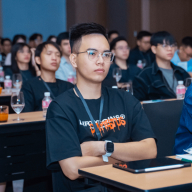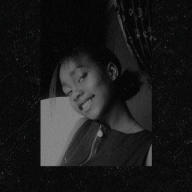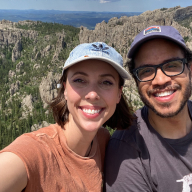📸 Personas for photo-sharing social media app
This project explored why engagement has dropped post-launch for a mobile-first photo-sharing social media platform in Europe. To guide potential redesign efforts, I developed three research-driven personas.
Each representing a generational segment (Millennial, Gen Z, and Gen Alpha). The process combined qualitative synthesis with regional behavioral data and platform trends to surface actionable insights tailored to user needs.
Process Overview & Artefacts
🤖 Synthesized Research
ChatGPT Deep Research: Used advanced prompt engineering to simulate interviews, synthesize secondary sources, and triangulate behavioral patterns with user quotes.
🧭 Design Brief
FigJam: Imported direction of the brief from Uxcel into a structured brief template, auto-linking goals, KPIs, and design constraints.
🧍♀️ Persona Creation
FigJam: Structured the persona framework collaboratively and mapped traits, motivations, and friction points.
🗂️ Stakeholder collaboration
Google Sheet: Structured the persona as data points in order to collaborate with cross-functional stakeholders.
📽️ Presentation
Figma Slide - I AI autogenerated a Figma Slide document from the FigJam document to communicate persona stories clearly to cross-functional stakeholders. I mostly did it to test the functionality of Figma Slide which I haven't really been using.
Methodology Highlights:
- Mixed-method approach: blending desk research with AI-assisted synthesis to rapidly explore behavioral, demographic, and cultural layers.
- Used public data sets and regional government sources to validate assumptions and tailor personas to real population behavior.
- Ensured each persona had platform-appropriate context; including mobile habits, privacy needs, posting frequency, and preferred content formats.
Persona specific sources
1. Sofia – Swedish millennial (Malmö)
- Statistics Sweden (SCB) - Sweden’s official statistics bureau; filter data tables by age cohort to size the 30-39 population, labour-force status, spending patterns, etc.
- Internetstiftelsen - Annual survey with rich cuts on social-media platform use, time spent, private-vs-public posting, ad attitudes, etc. Breakdowns by age and sometimes gender/education mirror Sofia’s profile.
- Swedish Post & Telecom Authority (PTS) - publishes “The Swedish Telecom Market” for mobile-data consumption trends.
2. Alex – UK Gen Z university student (Leeds)
- Office for National Statistics (ONS) - April 2024 wave includes social-media use, posting frequency and trust data by age (18-24 band matches Gen Z).
- Ofcom - “Online Nation 2024” | Breaks down daily minutes on Instagram, TikTok, DM apps; has Gen-Z-specific charts on “posting vs passive viewing” that map directly to Alex’s FOMO narrative.
3. Lucia – Spanish Gen Alpha teen (Valencia)
- Instituto Nacional de Estadística (INE) - Gives 16- to 24-year-old internet-use rates (95 % in 2024) and mobile vs laptop split; useful for framing availability constraints.
- EU Kids Online multinational study - Provides qualitative & quantitative insight on 9- to 15-year-olds’ risks, time-spent figures and parental-control prevalence; perfect for Lucia’s safety concerns.
- ONTSI – “La Sociedad Digital 2024 - Adds age-segmented data on social-media platform popularity, screen-time caps and AR/filters uptake among Spanish teens.
Cross-persona / generational benchmarks
- Eurostat – Digital Economy & Society statistics - Comparable EU-wide indicators on social-media participation, e-skills, internet frequency (ages 16-74).
- DESI dashboards (European Commission) - Country-ranked scores for connectivity, digital-skills and online-service use—handy for macro context when pitching EU-level features.
- DataReportal “Digital 2025” - Global + EU cuts on platform user bases, posting behaviour and ad reach; great for slide-ready charts.
- eMarketer / Insider Intelligence & GWI - Paywalled, but their public snippets give generational time-spent deltas and “platform of choice” breakouts you can cite in a pinch.
Next steps
Following this, I would:
- Perform User Interviews, in accordance to what I've included in the FigJam document.
- Then develop a User Journey Map for each persona to uncover insights that could help me and the team enhance the user engagement of sharing photos in this app.
---
P.S Big shout to:
- Nick Qurle who created this Glassmorphism 2.0 effect that I used for the cover image. I really love the texture. I modified it a little bit to give it a 'milky' vs. clear glass feeling.
- Jordan Hughes who created Avatar library that I used for the cover image.
Reviews
3 reviews
Nice work! Love how consistent and polished it looks.
Wow, now that’s a use of AI tools I can really appreciate! 🤩
The process you described is super clear and well-structured. I didn’t quite catch the slides, but I got the impression the goal was to create a kind of research report, summarizing the methodology, tools used, demographic sources, and so on. Either way, I’m definitely stealing a few of those templates for my next project 🥷🏻. Thanks so much for sharing Jonas!
amazing! read full, wish i could learn making personas the same way
You might also like
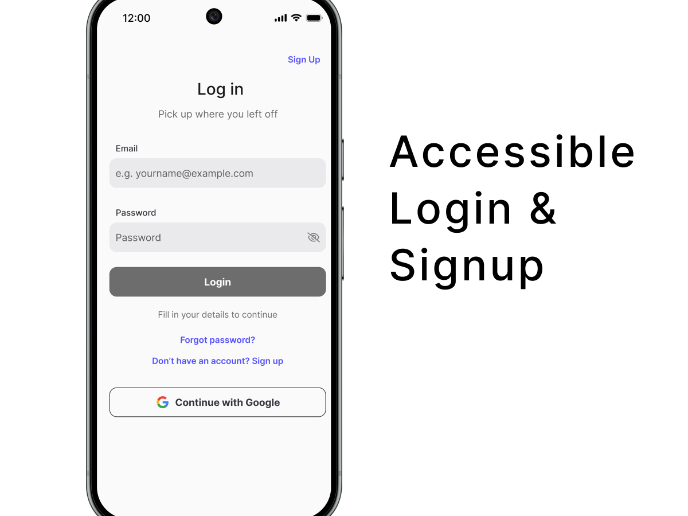
Florish Accessibility Signup Form
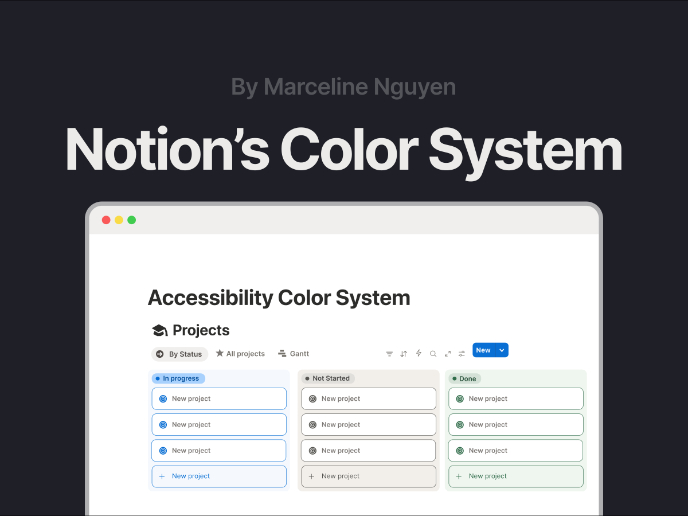
Notion - Accessibility Color System
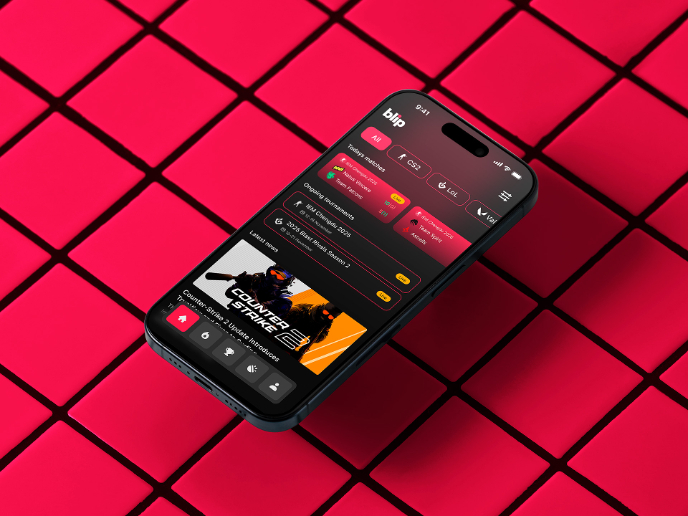
Blip - Esport app design (Light & Dark UI)
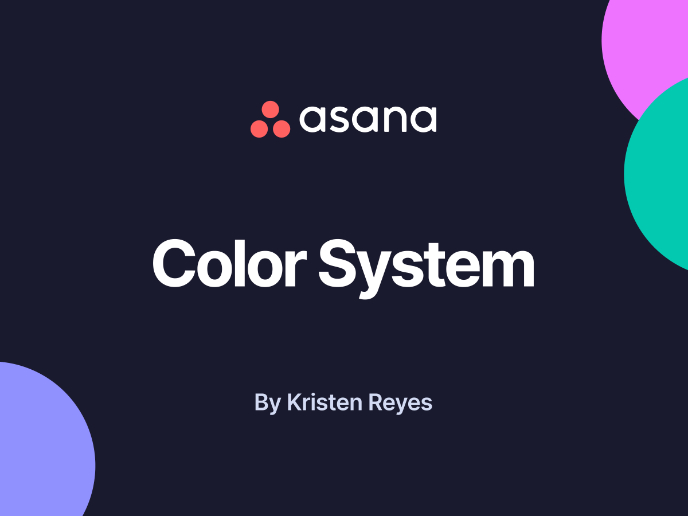
Reimagining Asana's Color System
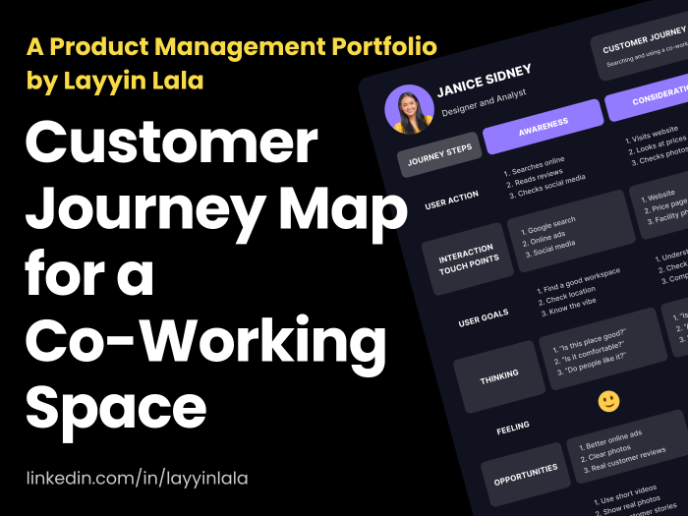
Customer Journey Map for a Co-Working Space
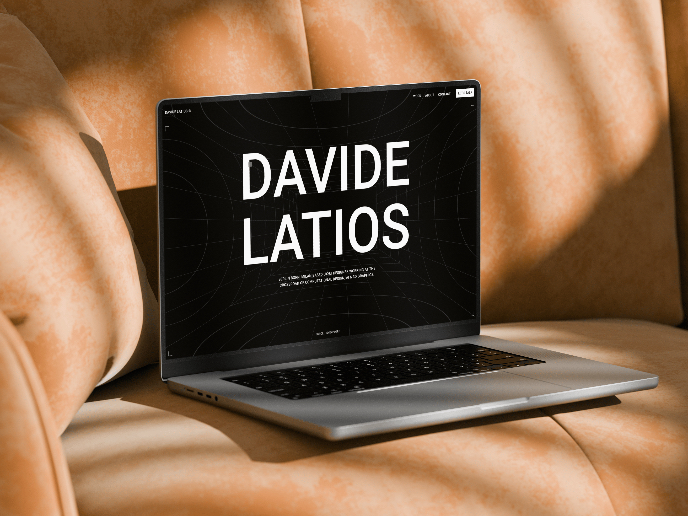
Latios - Free Portfolio Template for UX/UI Designers
User Research Courses

Ethical & Responsible Product Design

Introduction to Product Management







